Hoarder Clearance in Furniture Disposal
Understanding Hoarder Situations
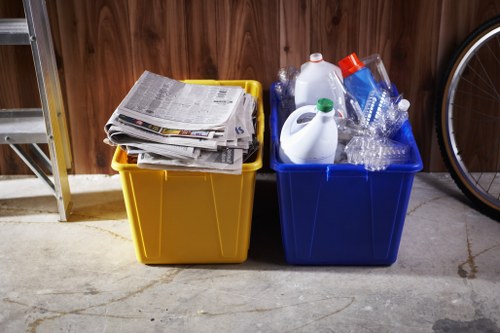
Hoarding is more than just collecting items; it's a complex behavioral condition that can significantly impact an individual's life and living environment. People who hoard often struggle with discarding possessions, leading to cluttered spaces that can become hazardous and unsanitary.
Furniture, being bulky and often attached with personal memories, plays a significant role in hoarding situations. Proper clearance of furniture requires sensitivity, understanding, and a strategic approach to ensure the individual's well-being while effectively removing clutter.
Addressing hoarder clearance involves more than just physical removal of items. It requires a comprehensive plan that considers the emotional attachment to belongings and the psychological state of the individual.
Challenges in Furniture Disposal

Furniture disposal in hoarding scenarios presents unique challenges:
- Emotional Attachment: Individuals often have deep emotional ties to their furniture, making disposal a sensitive process.
- Space Constraints: Excessive furniture can limit movement and increase the risk of accidents within the living space.
- Health Hazards: Accumulated furniture can harbor dust, mold, and pests, posing serious health risks.
Understanding these challenges is crucial for service providers to offer effective and compassionate clearance solutions.
Moreover, improper disposal can lead to environmental issues, making responsible handling a priority.
Effective Clearance Strategies

Implementing effective clearance strategies involves several key steps:
- Assessment: Conducting a thorough assessment of the living space to determine the extent of clutter and identify hazardous areas.
- Planning: Developing a customized clearance plan that prioritizes safety, efficiency, and respect for the individual's possessions.
- Execution: Carefully removing furniture and other items, ensuring minimal disruption to the individual’s living environment.
- Disposal: Responsibly disposing of furniture through recycling, donation, or proper waste management channels.
Adopting these strategies ensures a structured and humane approach to hoarder clearance in furniture disposal.
Additionally, involving mental health professionals can provide support to individuals during the clearance process.
Professional Hoarder Clearance Services

Professional hoarder clearance services offer specialized expertise to handle the complexities of hoarding situations:
- Trained Personnel: Professionals are trained to approach hoarding situations with empathy and discretion.
- Comprehensive Services: From initial assessment to final disposal, these services cover all aspects of furniture clearance.
- Safety Protocols: Ensuring the safety of both the individual and the clearance team by following strict safety guidelines.
Choosing a professional service can alleviate the stress and burden associated with hoarder clearance, providing a systematic and respectful approach to furniture disposal.
Moreover, professionals often have established partnerships with recycling centers and donation agencies, ensuring responsible disposal of items.
Environmental Considerations
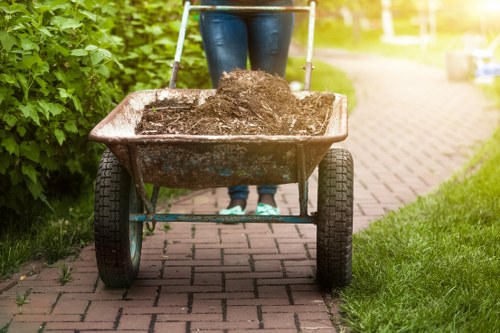
In the process of furniture disposal, environmental considerations are paramount:
- Recycling: Many furniture items can be recycled, reducing waste and conserving resources.
- Donation: Gently used furniture can be donated to charities, benefiting those in need and minimizing landfill contributions.
- Proper Waste Management: Ensuring that non-recyclable items are disposed of following local regulations to prevent environmental contamination.
Adhering to these practices not only supports environmental sustainability but also reflects social responsibility in hoarder clearance efforts.
Implementing eco-friendly disposal methods enhances the overall impact of clearance services, making them more sustainable and community-friendly.
Supporting Individuals Through the Process
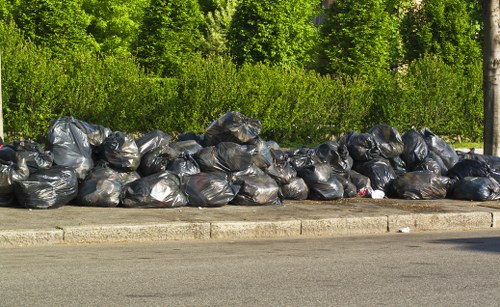
Beyond physical removal of furniture, supporting individuals emotionally is crucial:
- Empathy and Understanding: Recognizing the emotional challenges faced by individuals during clearance.
- Collaborative Approach: Involving individuals in decision-making to empower them and reduce feelings of loss.
- Post-Clearance Support: Providing resources and support services to help individuals maintain a clutter-free environment.
Creating a supportive environment fosters trust and cooperation, facilitating a smoother clearance process.
Additionally, ongoing support can prevent relapse into hoarding behaviors, promoting long-term well-being.
Legal and Ethical Considerations
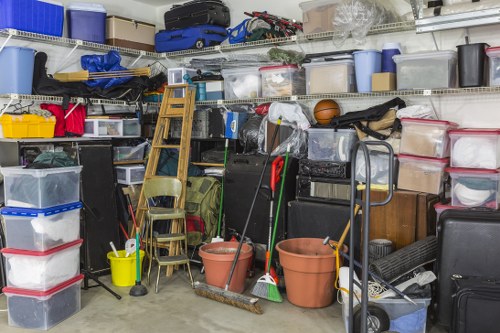
Handling hoarder clearance involves navigating legal and ethical considerations:
- Privacy Rights: Respecting the individual's privacy and ensuring that personal belongings are handled with confidentiality.
- Legal Compliance: Adhering to local laws and regulations regarding waste disposal, recycling, and donation.
- Ethical Disposal: Ensuring that items are disposed of responsibly, avoiding unnecessary waste and promoting reuse.
Understanding these aspects ensures that clearance services operate within legal frameworks while upholding ethical standards.
Failing to comply with legal requirements can result in penalties and damage to the service provider’s reputation.
Cost Considerations
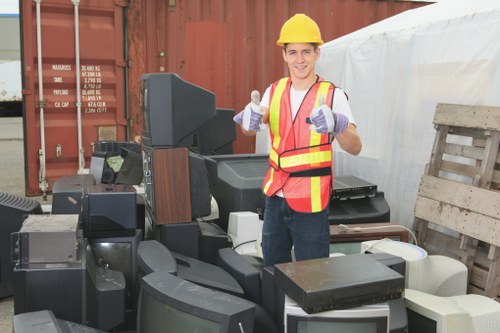
Cost is a significant factor in hoarder clearance and furniture disposal:
- Service Fees: Professional clearance services often charge based on the volume of items and the complexity of the clearance.
- Disposal Costs: Fees associated with recycling, donation, or waste management services.
- Additional Services: Costs may increase if additional services like cleaning or repairs are required.
Providing transparent pricing and detailed estimates helps individuals make informed decisions about clearance services.
Offering flexible payment options and packages can also make services more accessible and affordable.
Choosing the Right Clearance Service
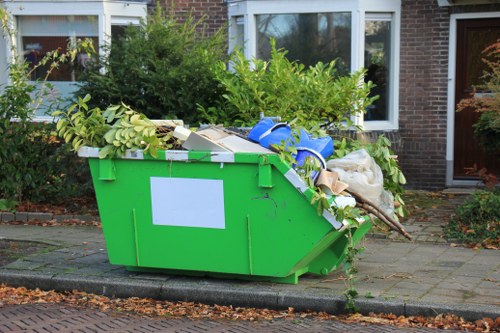
Selecting the appropriate hoarder clearance service is essential for effective furniture disposal:
- Experience and Expertise: Services with a proven track record in hoarder clearance are preferable.
- Comprehensive Services: Ensuring that the service provider can handle all aspects of clearance, from removal to disposal.
- Reputation: Positive reviews and testimonials indicate reliability and quality of service.
Researching and comparing different service providers can help in finding the most suitable option for specific clearance needs.
Additionally, verifying certifications and licenses ensures that the service operates within industry standards.
Post-Clearance Maintenance
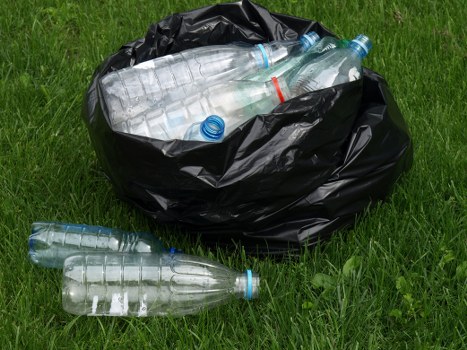
Maintaining a clutter-free environment post-clearance is vital to prevent recurrence:
- Organizational Systems: Implementing storage solutions to keep possessions organized and accessible.
- Regular Clean-Ups: Scheduling periodic clean-ups to manage clutter and address any emerging issues.
- Mental Health Support: Continuing support for individuals to manage underlying hoarding behaviors.
Integrating these practices fosters a sustainable living environment, reducing the likelihood of future hoarding incidents.
Empowering individuals with tools and resources enhances their ability to maintain order and prevent clutter accumulation.
Technology in Hoarder Clearance
[IMG_11]Advancements in technology have positively impacted hoarder clearance and furniture disposal:
- Inventory Management Software: Helps in tracking and organizing items during the clearance process.
- Recycling Innovations: Modern recycling methods enable more efficient and effective disposal of furniture.
- Online Platforms: Facilitates donations and sales of usable furniture items, promoting reuse.
Leveraging technology enhances the efficiency and effectiveness of clearance services, leading to better outcomes.
Utilizing digital tools also streamlines communication and coordination among service providers and clients.
Future Trends in Furniture Disposal
[IMG_12]The future of furniture disposal in hoarder clearance is evolving with emerging trends:
- Sustainability Focus: Increasing emphasis on eco-friendly disposal methods and recycling.
- Smart Tools: Integration of smart technology to optimize clearance processes.
- Community Involvement: Greater community participation in donation and reuse initiatives.
Staying abreast of these trends enables clearance services to adapt and improve their offerings continually.
Embracing innovation ensures that services remain relevant and effective in addressing hoarding challenges.
Conclusion
[IMG_13]Hoarder clearance in furniture disposal is a multifaceted process that requires a compassionate, strategic, and responsible approach. Understanding the emotional and physical challenges involved, implementing effective clearance strategies, and adhering to environmental and ethical standards are essential for successful outcomes.
Engaging professional services, leveraging technology, and focusing on post-clearance maintenance can significantly enhance the effectiveness of clearance efforts. By addressing both the practical and emotional aspects of hoarding, clearance services can facilitate a healthier, safer, and more organized living environment for individuals struggling with hoarding behaviors.
If you or someone you know is dealing with hoarding, don’t hesitate to contact us today to learn how our specialized clearance services can help transform your living space.
Book your service now and take the first step towards a clutter-free and healthier living environment.